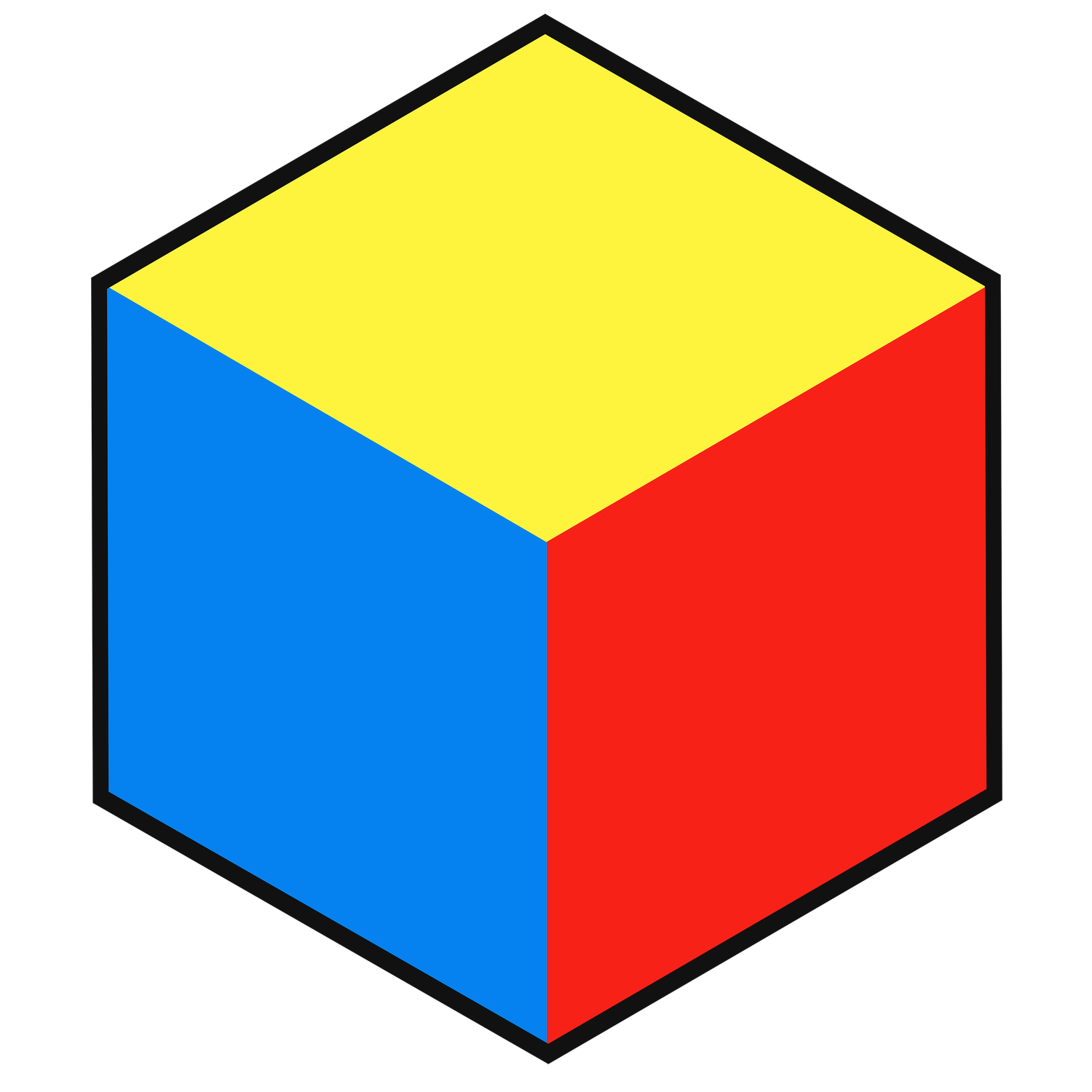3 Easy Tips for Tags
Tags are the foundation of all graffiti and by far the most important form of graffiti. Learning how to do a good handstyle is essential, however, sometimes new graffiti artists just want to play around with their letters rather than focusing on practice all of the time. Lets look at 3 tips to add style to your tags without destroying your letters in the process. These three tips for creating a graffiti tag will let you add a little style, while still keeping the fundamentals in check. Keep in mind, you’ll still want to study your basics with zero style, but that will be something you do independently from what we’re talking about here.
1: Angle The Letter
Often times what we see is new graffiti artists will jump straight into destorting the core structure of a letter. They’ll take an N and instead of using three lines to write it, they’ll turn it into 6. Instead of 3 or 4 lines for an R they’ll use 7 or even ten lines. Try to avoid doing this as you’ll likely destroy the letter itself. Instead try to introduce a slight angle to the letter. Now if you’re really new to graffiti then I recommend only angling either virtical or horizontal lines in your tag. Only pick one though as agling both can often lead to many fundamental issues that can easily cascade into more and more problems. As you get more comfortable angling one type of line, then try the other, and over time you’ll find yourself angling both easily within a single tag. If you want to learn more about letter/name positioning give this video a watch. (L/N Positioning Video)
2: Serifs
Now serifs are an easy, low effort way for anyone to add style to a tag. The issue is, people often overcomplicate serifs of try to have the serif do too much. Some letters can add a serif very naturally to their strucfute will little effort, such as. E, R, capital I, S, G and plenty more. However, some letters struggle to add serifs. Its your job to understand when and where the serif is appropriate, and add them in those areas. Due to how letter uniformity works you dont need a serif on each letter, you only need 2 or 3 in a tag and thats it. This is something easily seen in bates tag where he has a serif on the bottom and top of the S. If you want to learn more about flow check out this video. (Flow Video)
3: Mean Line Manipulation
Once letters are involved, we instantly have your baseline, cap line and mean line to consider. These effectivly are the bottom, top, and center of our letters. By taking our mean line, and moving it higher or lower, we can change the distribution of weight and negative space of a letter. Those are the two biggest and direct influences from moving the mean line but be cautious because moving the mean line will effect every fundamental in some way or another. Moving the line higher will make the tops of our letters smaller, while making the bottoms larger. Doing this will increase the negative space at the bottom of your letter. On the oposite side of the spectrum, moving the line lower is going to make the bottoms smaller and the tops of letters larger. As you might expect, you’ll have more space at the top and more weight at the top as well. Keep this uniform through all of the letters to make sure not to disrupt flow. Some letters such as capital I and L so dont be too worried about letters such as these. While any one of these tips is enough to begin adding small amounts of style, once you begin to combine all of these different things you can really get into some advanced styles. Play around and experiment with these tips but understand none of that will classify as practice, to practice, you have to strip all style out of your work so you can learn the core fundamentals first. These tips are only meant to help you enjoy the art form more, and to help you while you play around with letters.
If you’re looking to take your pieces to the next level check out our graffiti online store where we sell our Bundle Book. This will teach all about basics of pieces along with some useful techniques such as drop shadow, 3D, 1 point perspective and realistic shading. (Bundle Book)




